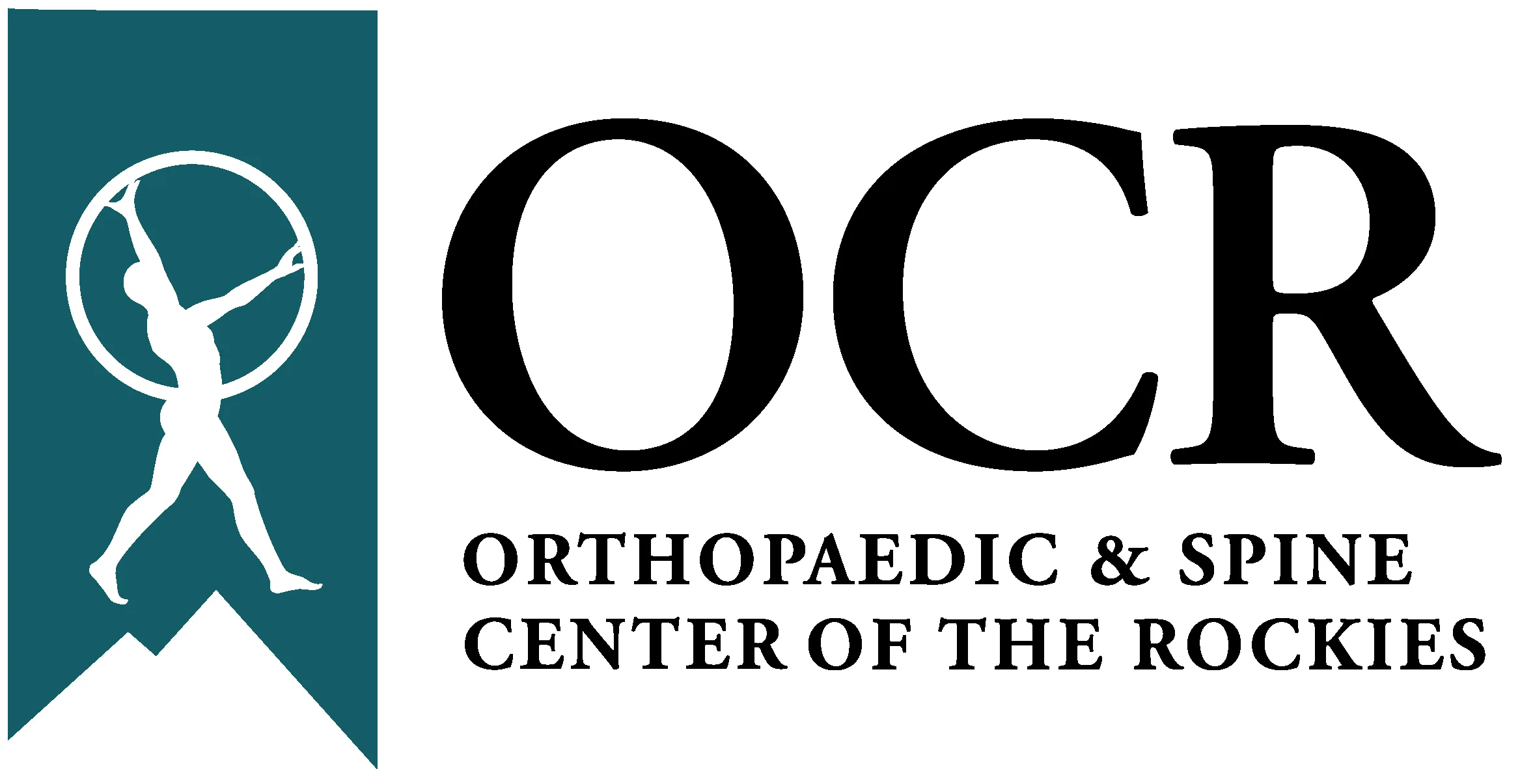A Hand Surgeon’s Thought’s & Treatments
-“By Front Range Orthopedics & Spine” Dr. Timothy Pater (Author: abulinski@frocmd.com)
History of Origin
Dupuytren’s disease is named after a famous French surgeon who first described the surgical treatment for the disease in the early 1800’s. There were no surgeons specializing in hand surgery at that time and he had a broad range of expertise. He famously treated Napolean Bonaparte. There is actually a small medical museum in Paris that was dedicated by his estate after his death. (See attached a photo that I took of Rue Dupuytren, a street in Paris).
The first challenge is learning how to spell this disease. Dupuytren’s has a very strong genetic inheritance. It is rarely seen in individuals who do not have genetic heritage from Northern Europe. I most commonly see this disease in individuals whose descendants came from England, Ireland, Scotland, Scandanavia, Northern France and Northern Germany. This disease simply turns on at some point in a person’s life and does not appear to have any real relationship to injury, activity level or other factors.
Dupuytren’s disease is commonly seen by hand specialists in the United States and Europe. The disease causes thickening in the palm and can progress to create flexion contractures of the fingers. When the thickenings do not create contractures or if the contractures are mild, they are usually harmless. Many people live their entire lives with this mild disease that does not progress.
When contractures progress and create functional difficulty, action should be taken. It can be difficult for patients to determine when it is time to intervene, and a consultation with a Hand Specialist can provide reassurance and education. The traditional treatment has been surgery. Although surgery continues to be done in certain circumstances, many changes have recently occurred that have swung the pendulum of treatment in the direction of non-surgical interventions.
Percutaneous Needle Apponeurotomy (PNA)
Percutaneous needle apponeurotomy has been adopted by many hand surgeons as a treatment for Dupuytren’s contracture. It is a procedure which I regularly perform in the office. Only certain contractures are amenable to this treatment. This involves a brief office based procedure where local anesthetic is injected into the palm at the most prominent area of the cord. The cord is then sectioned by placing a needle through the skin multiple times to weaken the cord. The finger is then gently manipulated and a distinct pop is felt.
This is a very satisfying procedure in the office: produces immediate correction of a large percentage of the deformity. A recent patient on whom I performed the procedure, experienced correction of a 60 degree contracture to less than 10 degrees within seconds. This is a simple and cost-effective procedure with minimal recovery. The hand is sore and bruised for a few days, but the patient can resume normal activity immediately without much restriction. A night splint is worn for a few weeks to stretch the skin. The beauty of the procedure is simplicity, cost effectiveness and an easy recovery.
The drawback of PNA is the risk of recurrence. The cords can reorganize and reform within a short time. However, the procedure can be repeated successfully and some patients choose this simple method and simply come in for a “tune-up” periodically. At times, the disease can become more complex and no longer amenable to this method. Overall, it is a nice tool in the armamentarium of treatment against Dupuytren’s disease.
Collagenase Injection/Xiaflex
The major breakthrough in the last two years in the treatment of Dupuytren’s Disease is the use of Collagenase with the trade name of Xiaflex. This is a substance that is injected into the Dupuytren’s cord that breaks off the tissue of the cord. It takes just a few minutes to perform the injection in the office. The patient returns a day or two later to the office for manipulation of the cord and in most cases the finger immediately straightens. This method involves some bruising and swelling in the hand but recovery is rapid and the patient is allowed to return to normal activity very quickly. This can offer a great advantage over surgery in the ease of recovery and the simplicity. This cannot be done on the first clinic visit because it has to be approved and ordered for each patient individually. The approval process usually takes 2-4 weeks.
This method has proven to be highly successful and is now being widely used throughout the United States. I use it regularly in my office.
Why Choose Collagenase Injection/Xiaflex over PNA?
Unlike the PNA method, there is much less of a chance that the disease will come back in the same place when using the collagenase injection. In other words, the recurrence rates are very low after the finger has been corrected. The development of the collagenase injection has greatly reduced the necessity for surgery for this disease. It can rapidly return patients to normal hand function and greatly improve their quality of life. Like any treatment, there are certain circumstances where the disease is not amenable to any of the less invasive treatments detailed in this article. In these cases, although there is a more involved recovery period, surgery is highly successful at correcting the problem.
*hand drawing is from the American Academy Of Orthopedic Surgeons web site www.aaos.com
Keywords: Dupuytrens, Palmar Fibromatosis, Finger Contracture, Xiaflex


